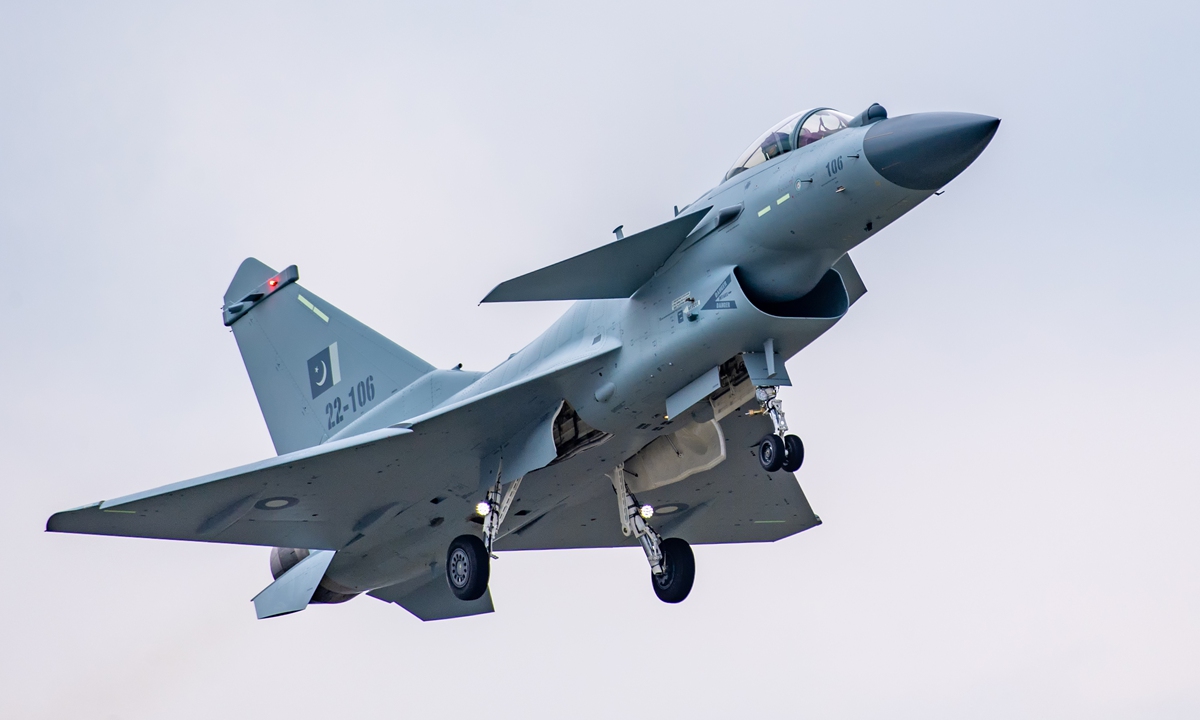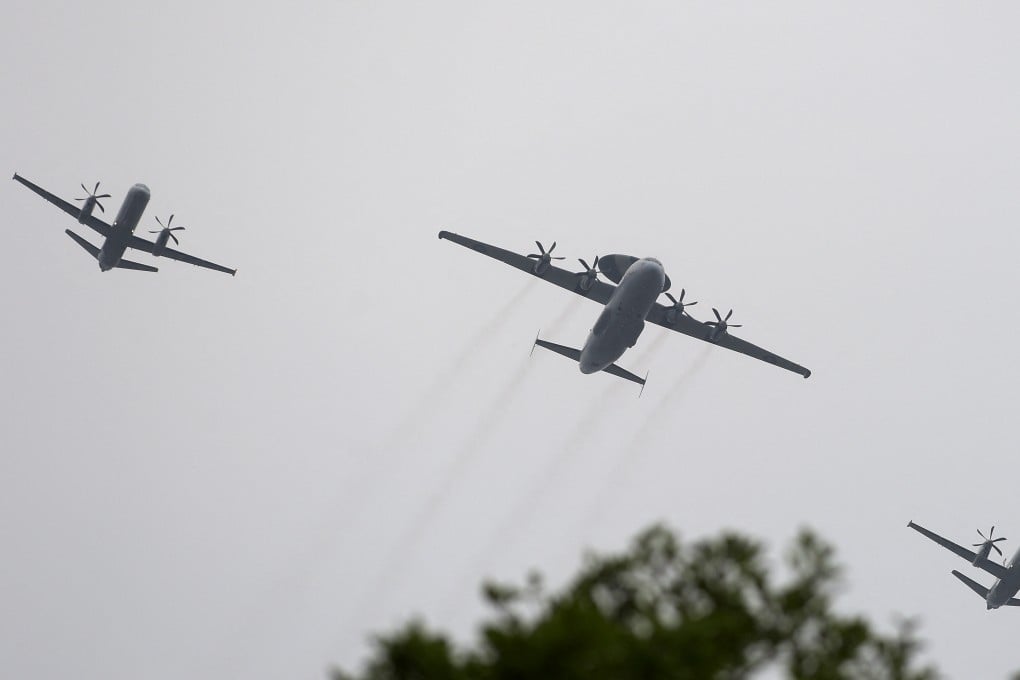In the aftermath of a dramatic military escalation between Pakistan and India earlier this month—culminating in a ceasefire agreement—details have begun to emerge about Pakistan’s unprecedented success in air combat operations.
On May 7, Islamabad reported that it had downed five Indian Air Force (IAF) jets, including sophisticated Rafale planes. Recent report by a Chinese defense journal provides information about how this historic feat was achieved.
As per China Space News, the Pakistan Air Force (PAF) utilized a high-tech, networked combat tactic based on an integrated “ABC” data-sharing system. The strategy, the report says, fundamentally changed the nature of contemporary aerial warfare by integrating real-time data from various platforms: ground-based radar, fighter aircraft, and airborne warning and control systems (AWACS).

Unlike traditional combat, which used a single aircraft for detection, launch, and missile guidance, Pakistan’s system distributed these tasks across a triad. Ground elements initially detected and locked in on targets (“A”), strike aircraft launched the missiles at safe ranges (“B”), and AWACS platforms finished the engagement by guiding the missiles on to targets (“C”).
Also read: PAF downs IAF’s Rafale jets: Which air force holds the edge?

This “A locks, B launches, C guides” approach is a significant step forward from the “launched by A, guided by B” strategies used by military giants such as the U.S. and Russia.
China Space News, a publication of top Chinese defense organizations such as China Aerospace Science and Technology Corporation, framed this strategy as a marker of “systemic and asymmetric” warfare that emphasized smart coordination over traditional firepower.


































